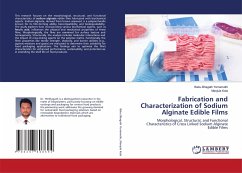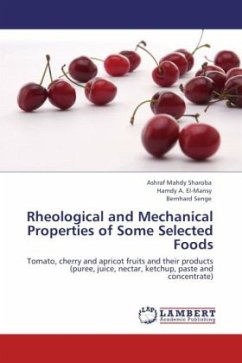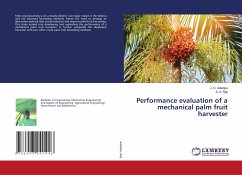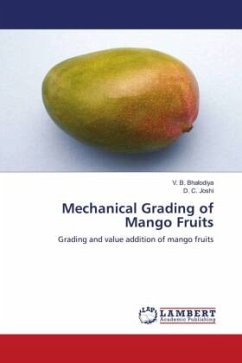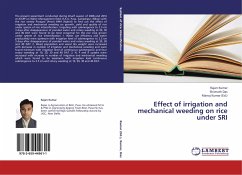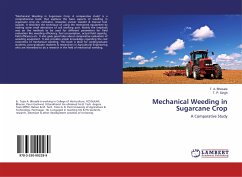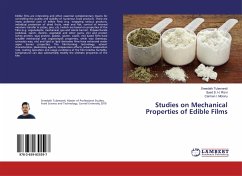
Studies on Mechanical Properties of Edible Films
Versandkostenfrei!
Versandfertig in 6-10 Tagen
27,99 €
inkl. MwSt.

PAYBACK Punkte
14 °P sammeln!
Edible films are interesting and often essential complementary means for controlling the quality and stability of numerous food products. There are many potential uses of edible films (e.g. wrapping various products, individual protection of dried fruits, meat and fish, control of internal moisture transfer in pizzas, pies, etc.) which are based on properties of the films (e.g. organoleptic, mechanical, gas and solute barrier). Polysaccharide (cellulose, starch, dextrin, vegetable and other gums, etc) and protein (whey protein, soya protein, gelatin, gluten, casein, etc) based films have suita...
Edible films are interesting and often essential complementary means for controlling the quality and stability of numerous food products. There are many potential uses of edible films (e.g. wrapping various products, individual protection of dried fruits, meat and fish, control of internal moisture transfer in pizzas, pies, etc.) which are based on properties of the films (e.g. organoleptic, mechanical, gas and solute barrier). Polysaccharide (cellulose, starch, dextrin, vegetable and other gums, etc) and protein (whey protein, soya protein, gelatin, gluten, casein, etc) based films have suitable mechanical and organoleptic properties, while wax (beeswax, carnauba wax, etc) and lipid or lipid derivative films have enhanced water vapor barrier properties. The film-forming technology, solvent characteristics, plasticizing agents, temperature effects, solvent evaporation rate, coating operation and usage conditions of the film (relative humidity, temperature) can also substantially modify the ultimate properties of the film.



